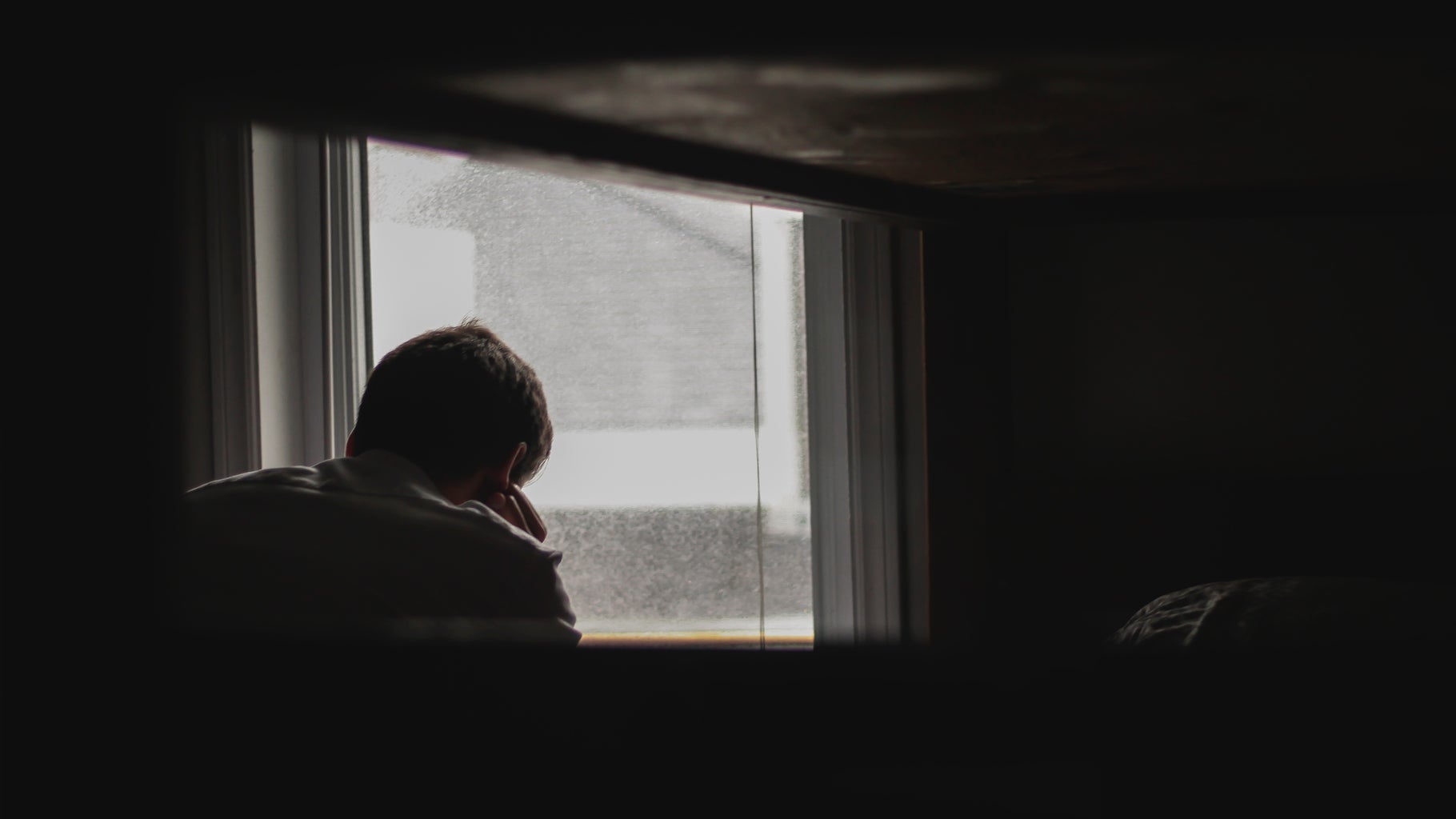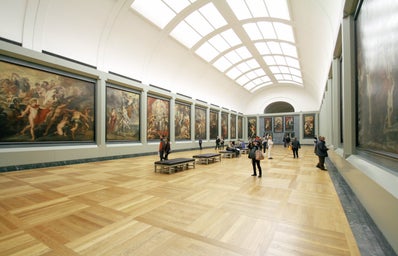When I stand, staring at the lusterless wall filled with evenly-spaced artwork, I feel the intense sentiments from the artist. I hear the theories made by those before me. There’s an overflow of curiosity, and a familiar feeling that I can’t yet identify, but I know: I’ve been here before. I’ve heard this before. I’ve seen this before.
As I attended “Memories for the Future: Garrett Bradley, Tina Campt, and Trevor Mathison in Conversation” hosted by The Studio Museum of Harlem, I understood that the current state of life is a continuous cycle of what was. Through art archives, images are beginning to evoke humans in four dimensions. Our mind, body, heart and consciousness are induced to reflect and recognize ideas that are familiar to us. The observance of images, films and audio that’s closely related to our personal backgrounds/circumstances releases an experience of emotions we’ve felt before.
“To think about the ways sound and images illicit certain after-images or after-sounds… are about our attachment to that memory,” Tina Campt, author, said. “They are vehicles and vessels of memory, but not necessarily the exact experience. It’s what we retain and what comes back to us.”
There is intimacy in past exhibitions and art archives. “Witness.” an exhibition presented by the Museum of Contemporary Art Chicago, asserts vulnerability in the viewer. I felt the smooth breeze of the marshes in “Ebo Landing from the Sea Islands.” I heard the eerie loudness of silence in “The Sound of Silence.” The exhibition depicted universal concepts of innocence, isolation, death and ancient memories. Concepts that we’re familiar with.

In his latest exhibition, “Tradewinds.” Paul Anthony Smith uses personal memories to communicate tradition and community. The exhibition explores the idea of spirituality, where the psyche of humans still exists and is as important as the physical body. The exhibition reminds me that memories are everlasting.
Even if images don’t speak in the literal sense, there are messages to be uncovered. There’s history that hasn’t been discovered. Emotions, within us that have not been stimulated. The exploration of the four dimensions of humans is shaping our memories.
Memories that evoke evolution.

Listen to the mini-playlist, Vivid Memories, on Spotify.
Listen to the mini-playlist, Vivid Memories, on Apple Music.


